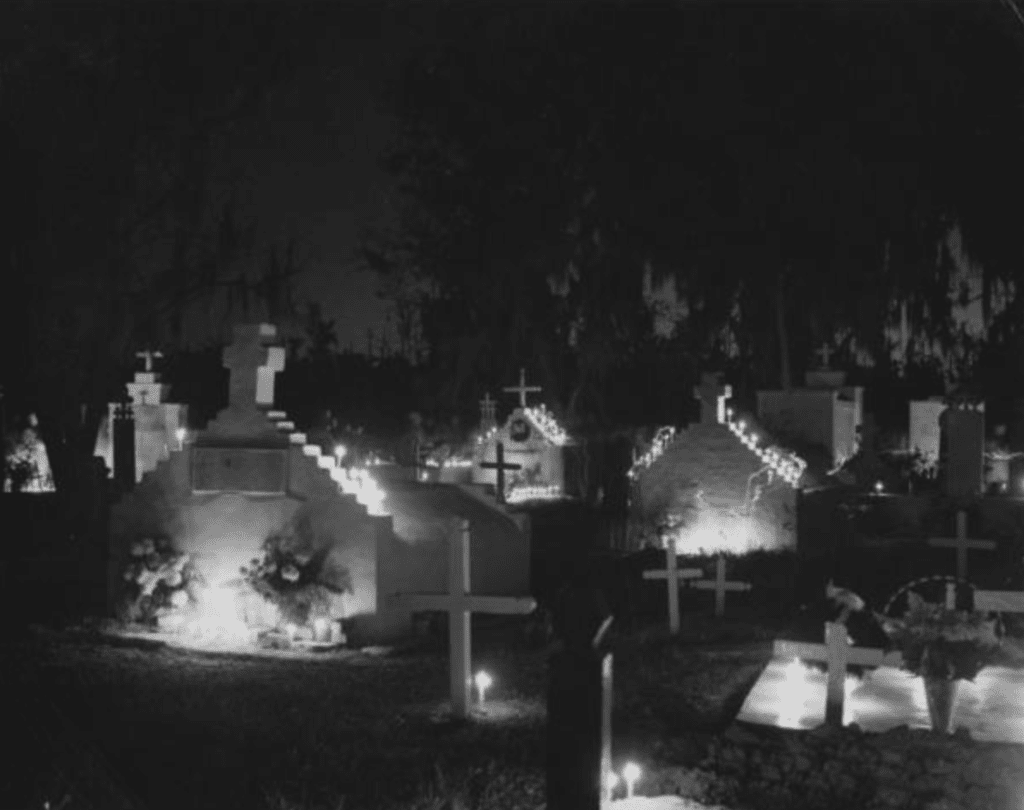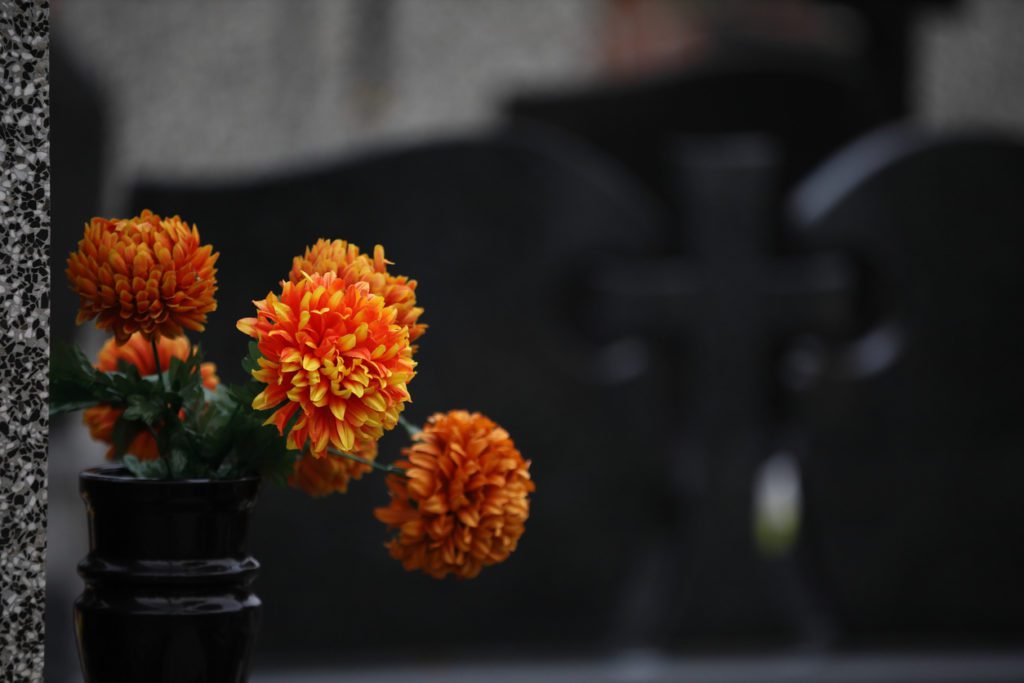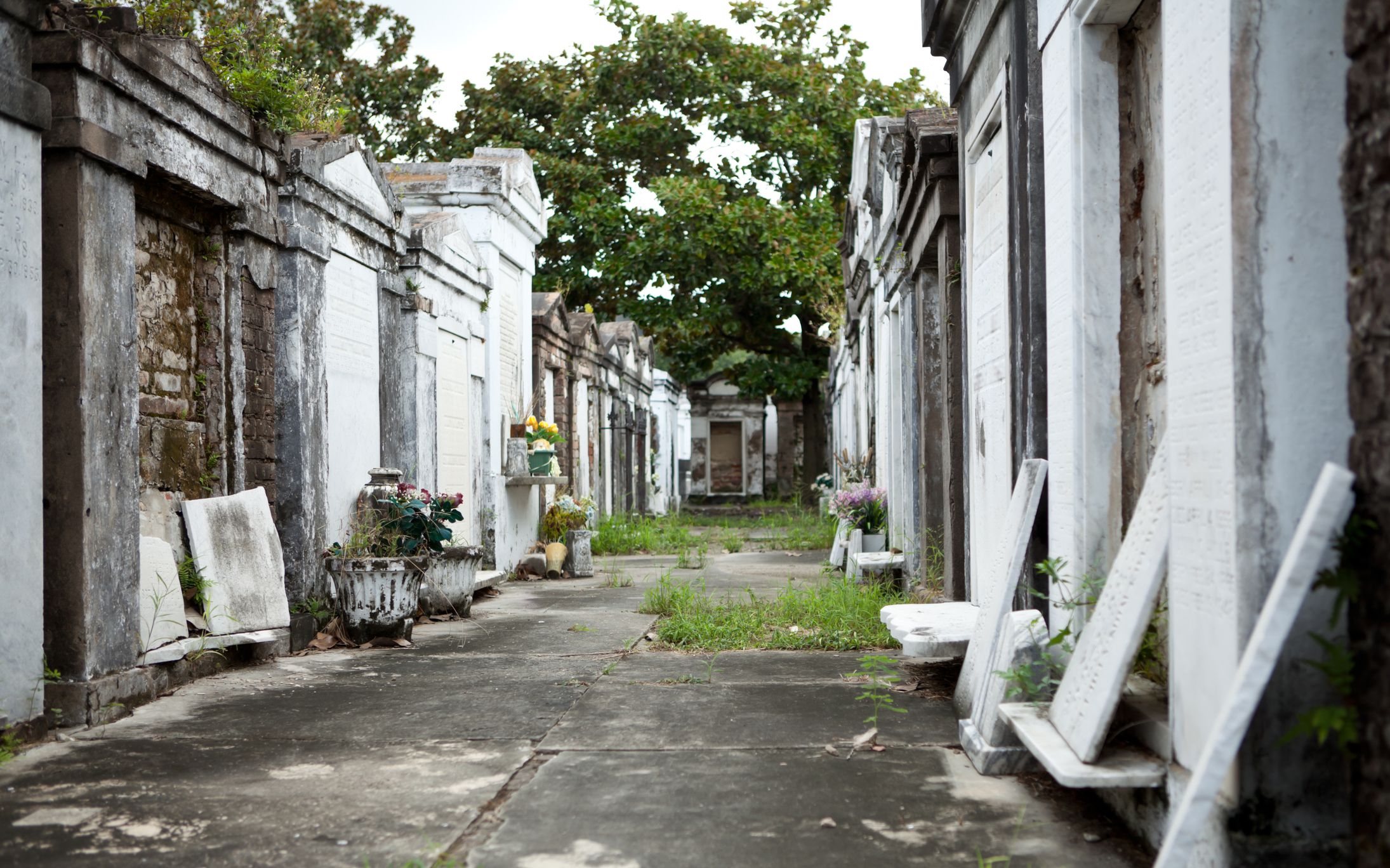Lights in the night: Creole Allhallowtide traditions have long honored the dead
Most of us already know that the word Halloween comes from “All Hallow’s Eve,” the beginning of Western Christianity’s three-day ceremonial period to honor the dead, and that the holiday’s roots theoretically reach back to the pagan Celts, who used the day to mark the fall harvest and the true end of summer. And while our modern, more secular calendars tend to see spooky season as the start of daily candy-eating breaks, DIY costumes that looked much better on Pinterest, and tuning in to your car radio’s Christmas stations without attracting the ire of your passengers, in Louisiana, the Allhallowtide days encompassing Halloween, All Saints’ Day (November 1) and All Souls’ Day (November 2) still carry weight in the Catholic Creole traditions ingrained in our broader culture. If you’ve ever seen candles flickering on gravestones in the night, illuminating wreaths of chrysanthemums amid the hums of a midnight vigil, for example—you have history to thank for that.

“Folks who came to Louisiana during the colonial period of the late 1600s to the early 1800s were largely rural French Catholics—considered a somewhat ‘disposable’ population in France at the time,” says professor Charles Elliott, instructor of history at Southeastern Louisiana University. “When they came, they brought with them their old traditions, with Halloween through All Souls’ Day sliding into the ‘groups of three’ theme popular in Christianity—Jesus’ three days in the tomb, the trinity, etc.”
Remember the Celts? Well, although now colloquially tied to Irish and British ethnic groups in our modern lexicon, they have their ties to France, too, especially when considering the pre-Christianity Gauls, groups of Celtic tribes living in modern-day France. From France, the French immigrants. From French immigrants, the Creoles of Louisiana (and another grouping of three, to boot!).
“Traditionally, Halloween is the day the dead return,” says Elliott. “They parade around the countryside and we bribe them into being nice by giving them treats—that’s where we get trick-or-treating from. Then comes All Saints’ Day, where you see a lot of the grave-cleaning traditions; the leaving of chrysanthemums and the lighting of candles. And then All Souls’ Day, which is a final sanctification of the dead. I like to think of All Souls’ Day as the second line at a New Orleans funeral, when the main mourners have done their part, and the rest of the community can join in collectively.”
Maybe that seems a bit macabre, but remember, notes Elliott, in the days of the French colonies, death was much more up close and personal than it is today.

“Modern Louisianans are more separated from death as a regular experience,” he says. “In the colonial period, death was always lingering. People more often died in their houses, you would more often see graves being dug, and if you look at the figures from passenger ship logs, France would send over lots of people, but half of them might die on the journey over. So if you’re that close to death, you’re going to keep up all those traditional practices that might aid in mourning or protect you from the evil influences of the dead. If at any moment you’d realize that half the people you’re looking at are going to die soon, you’d probably take death pretty seriously.”
This is why grave-cleaning rituals, laying of flowers and candlelight cemetery vigils (sometimes lasting all night), remain a present—if less common—element of Louisiana cultural life. To us, they may just be gestures of remembrance and care. To our ancestors, they were important tasks that lended a bit of light to winter’s literal darkness, allowing them a chance to reconnect to their dearly departed and remain close to their family in a time without photographs or home videos or recordings.
“Looking at your own mortality and the people you’ve lost is an intimate matter,” says Elliott. “Then and now, this is a time to realize that we do want the party of Halloween, but we also want the memories to reflect on. When you go to a cemetery to perform certain rituals, you’re taking part in a Creole tradition that can’t be denied, and that I hope is never forgotten.”












